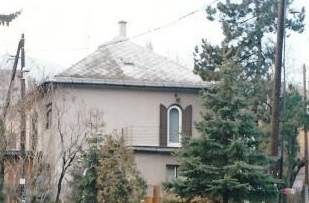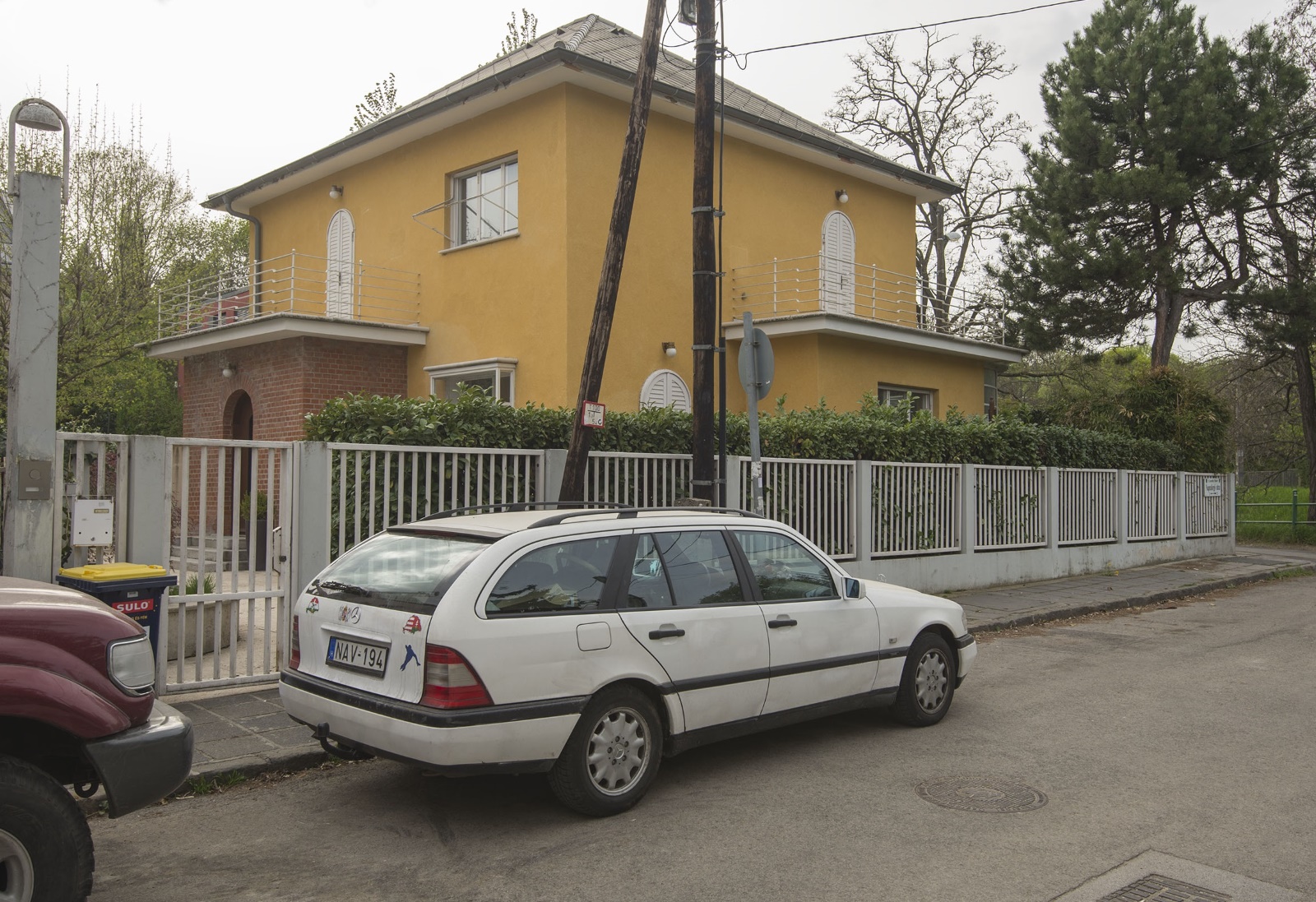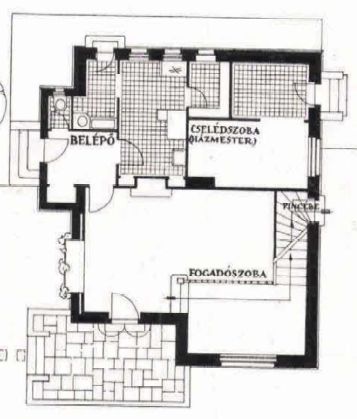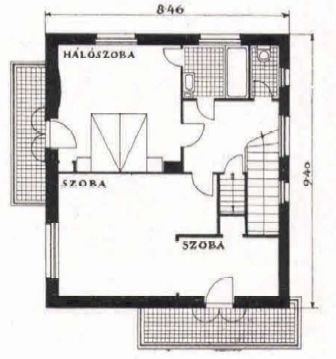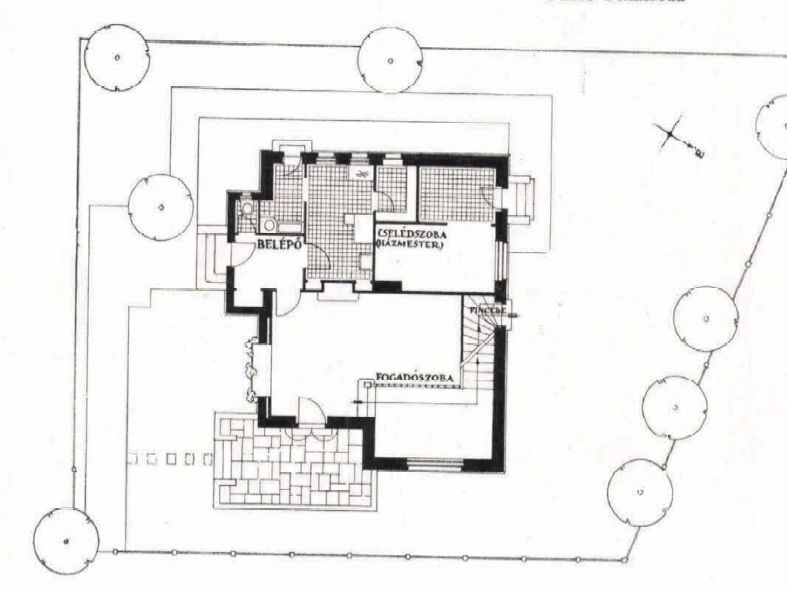Napraforgó street 22.
Architect: Béla Barát
Temesvár, 1888 – Budapest, 1945, architect, art historian
Architect: Ede Novák
Budapest, 1888 – Budapest, 1951, architect
Ede Novák and Béla Barát graduated as architects in 1910 at the Budapest Technical University. Then Béla Barát received a doctorate from art history and archaeology, as well. In 1911 they entered into partnership and worked together until Béla Barát’s death in 1945. The harmonious basis of their long cooperation was that Ede Novák was responsible for the ground plans and the forming of the buildings’ mass, while the task of Béla Barát was the elaboration of decorative, artistic details. Their office undertake the design of a great variety of tasks: villas, apartment houses, schools, industrial buildings, mausoleums, furniture, portals, gardens.
Their career started promising, they won several state commissions. Their early works (girls’ school in Kispest, two houses of the Wekerle estate, building of the Central Bank in Nitra) show the influence of popular art nouveau. They were interested in estate type construction later on, as well. 100 houses of the National Social Security Institute in Albertfalva were built based on their plans. One of their works is the reinforced concrete great hall of the central warehouse of Hungarian Post, which is an outstanding building of the Hungarian reinforced concrete architecture.
In the 20s their villas were designed in neo-renaissance, neo-classic or neo-baroque style, following the historicizing tendencies of the era. All of the buildings were designed in a very sophisticated way, in harmony from the internal spaces to the fence. As the effect of the modern tendencies appearing in Hungary in the 1920s, their architectural style was changed from the 30s, but they did not become the followers of architectural avant-garde or of Bauhaus. Their endeavours for decorativity which characterized their works from the beginning remained determinant, but they used the materials more freely, without restraints. They reached the peak of their career with the Georgia residential building (Rákóczi street 4.) in the middle of the decade, then, due to the success of this building, they received commissions for making plans for other apartment houses. The last work of the Barát-Novák architectural office was the double apartment house of the Pension Fund of Hungarian Steam Mill Company (Liszt Ferenc tér 3. – Paulai Ede utca 67.).
Source of the photos: Tér és Forma 1931/10, 305-326, Magyar Építészeti Múzeum és Műemlékvédelmi Dokumentációs Központ-MDK Fotótár (leltári szám: 020.529N), Vékás András, Mátéffy Bendegúz
Source of the ground-plans: Tér és Forma 1931/10, 305-326


